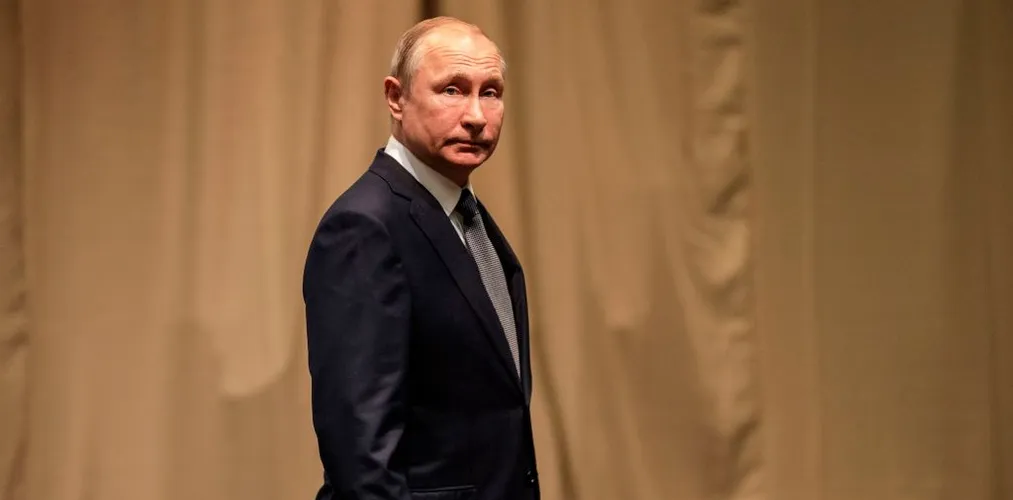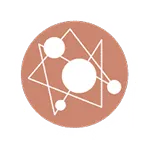The political system in Russia is centred around, and reliant on, Putin, with patronage securing his institutional support. Changes to these structures are potentially destabilising.
This assessment was issued to clients of Dragonfly’s Security Intelligence & Analysis Service (SIAS) on 10 August 2019.
- The political system in Russia is stable but presidential succession is looming. There are signs that uncertainty among the political elite about the outcome of a power transition is beginning to fray the hierarchy beneath the president.
- Combined with declining public popularity, a stagnant economic outlook and ongoing anti-government protests, we assess that these factors will drive Putin to bring forward setting out a succession plan, potentially within the next year or so. We describe four scenarios for this below.
- Preparations for a power transition are likely to be destabilising for the regime, as people jostle to safeguard their positions and influence. We outline early warning indicators that the Kremlin has begun to implement plans towards succession.
Presidential succession will play a defining role in Russian politics in the lead-up to 2024 when President Putin is due to step down. For now, he does not face any significant challenges to his position, and the regime remains stable. This is unlikely to change in the next year. But the political system in Russia is centred around, and reliant on, Putin, with patronage securing his institutional support. Changes to these structures are potentially destabilising.
While Putin’s position as president remains secure, his public support has diminished. His domestic approval ratings – albeit a flawed measurement of his true popularity – are at 60%, down from nearly 90% following the annexation of Crimea in 2014. And anti-government protests have become significantly more frequent since a series of demonstrations over pension reforms in May last year. While the majority have been issue-specific, they point to expanding political activism among a usually-apathetic Russian electorate.
Protest activity and declining popularity do not pose a direct threat to the regime or to Putin’s position as president. The opposition is fractured and has so far failed to harness these protests into a sustained anti-government moment, with the turnout at most protests in Moscow rarely exceeding ten thousand people. It has also failed to offer a genuine political alternative to Putin. And while the regime draws much of its political legitimacy from the president’s popularity, he remains the centre of political power irrespective of his falling approval ratings.
The government has shown signs of concern about these trends, however. The authorities have expanded censorship measures, including introducing fines this year for insulting the president. The National Guard, which is under Putin’s direct control, has been violent in dispersing protests in Moscow over the past few weeks. And the electoral authorities last month banned several opposition candidates from running in upcoming local elections in the capital. In a sign that the governing United Russia party has acknowledged its unpopularity, it has encouraged several of its candidates to run as independents.
A fraying hierarchy
There have been recent signs that the power hierarchy beneath Putin is fraying. The structure of the security apparatus has created a competitive environment, which encourages risk-taking to attract Kremlin support. The FSB, the domestic security service, is the most dominant, following a series of operational blunders last year by the GRU, the military intelligence service. Competition for Kremlin favour between the various agencies has been increasingly public over the past year. The latest involved the FSB arresting a powerful law enforcement official in Volgograd in June.
Infighting extends to the political elite, albeit further from public scrutiny. The most recent incident was the arrest of an MP on the floor of the Federation Council, the upper house of parliament in January. The FSB appears to have had a hand in the majority of incidents in recent months, as well as the notable arrest of the economy minister in 2017. And we suspect that uncertainty among the elite over the format and outcome of a succession plan is driving this jostling between the security agencies, and the political elite, as they seek to build their own spheres of influence.
Putin has balanced power among the various factions of the political elite and the FSB through a system of patronage in which his loyalists have been promoted to influential positions. This has ensured the support of these state agencies over recent years. But a perception among them that they will be sidelined as succession approaches is likely to prompt the competing elites to try to strengthen their positions, or push for greater control under a new leader. And some factions, particularly within the FSB, will probably see it as an opportunity to further their financial positions.
Such infighting is unlikely to result in any immediate challenge to Putin’s position. The president still appears to be in control of the political elites and the FSB. But public perception of open competition among the elites would diminish the regime’s already-falling credibility as a functioning system. And infighting or evidence that certain groups or individuals are acting against the president’s wishes would suggest that Putin’s system of patronage – or at least proximity to him – is no longer enough to safeguard their interests.
Scenarios for succession
We outline below four scenarios for succession in order of descending likelihood. All of them carry risks to regime stability and have the potential to prompt unrest in the country. The probable impact of these scenarios would depend on how the Kremlin manages the transition, particularly around the flow of information to the public. But on current indications, the regime is probably robust enough to withstand each. We would change this assessment the longer the Kremlin puts off implementing succession as this would allow anti-government sentiment and political elite competition to grow.
Devolution of power
Parliament votes on constitutional changes that devolve powers away from the presidency to the legislature. These include giving MPs greater authority to select government ministers and more control over foreign policy. Putin steps down in 2024 when his term is up. He then resumes his role as leader of the governing United Russia party and exerts influence over domestic and foreign policy. After a period as leader of the party, Putin runs for prime minister and continues to govern from that position. This scenario would allow Putin to show that he is abiding by the constitution.
Kazakh model
Parliament votes on constitutional changes that give Putin a lifetime position on the Security Council. This includes changing it to a constitutional body with powers above that of the executive and legislature, as well as giving Putin lifetime immunity from prosecution. Putin then steps down from the presidency and calls a snap presidential election, which a malleable ally wins. Putin continues to govern from behind the scenes but with more of a focus on foreign than domestic policy. This scenario would bring significant risk in terms of opposition protests, given that the Kremlin would probably have to rig the election.
Belarusian unification
Russia and Belarus sign a unification treaty bringing the two countries together into a joint federation state. Presidents Putin and Lukashenko sign a new unified constitution that supersedes the former Russian charter, which placed a limit of two consecutive terms on the president. Putin wins a subsequent presidential election. President Lukashenko retires with immunity from prosecution, and the Russian FSB subsumes the Belarusian security apparatus. There would most probably be significant opposition to this within the Belarusian state and the public. So despite an existing agreement on forming a common ‘union state’, such a scenario would be potentially destabilising for Belarus, and so one that we think is unlikely.
Putin as premier
President Putin steps down from office ahead of 2024 when his term limit is up. His chosen successor, a technocrat regional governor, wins a presidential election. As was the case with President Medvedev in 2008, the new president appoints Putin as prime minister of his government, which the governing United Russia party approves. Putin exerts significant influence over the new president and continues to control domestic and foreign policy. Putin then has the option to run in a presidential election six years later. This scenario would not address the longer-term issue of succession beyond Putin’s lifetime, and so we think this is improbable.
Indicators of succession preparation
Succession planning over the coming months will most likely take place behind closed doors. But the Kremlin will have to make at least some public moves. There are several indicators that the announcement of a succession plan is imminent. None of these indicators are mutually-exclusive, and one is just as likely to prompt another as planning for succession progresses. Putin is not due to step down until 2024, and the Kremlin is likely to float ideas in media outlets simply to test public opinion or just to widen its room for manoeuvre in the months ahead.
Early-warning indicators for succession include a purge of the political elite and senior members of the FSB. And changes to electoral laws aimed at strengthening the position of the United Russia party ahead of parliamentary polls in 2021, or more overt moves to suppress opposition parties and politicians such as Alexei Navalny. Others are an increase in publicly-observable competition between factions within the political elite and the FSB, or legislation aimed at shared taxation and currency with Belarus. We will also be monitoring state-run television for any particular government officials or governors that are taking more prominent positions in representing the state publicly.
Image: Russia’s President Vladimir Putin leaves after posing for a group picture during the 10th BRICS summit on 26 July 2018, at the Sandton Convention Centre in Johannesburg, South Africa. Photo by Gianluigi Guercia/Pool/AFP via Getty Images.




